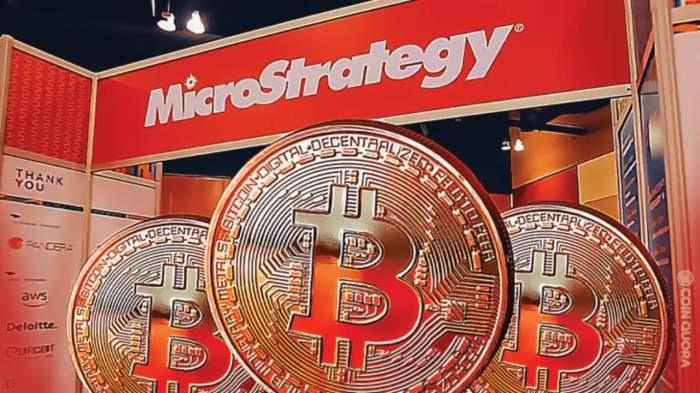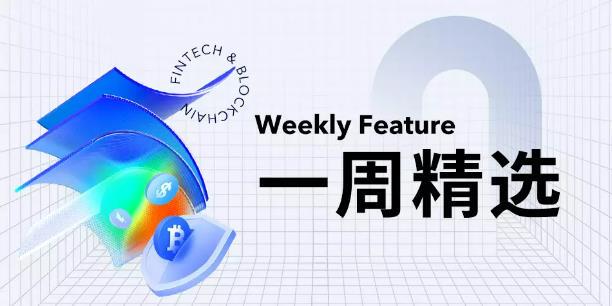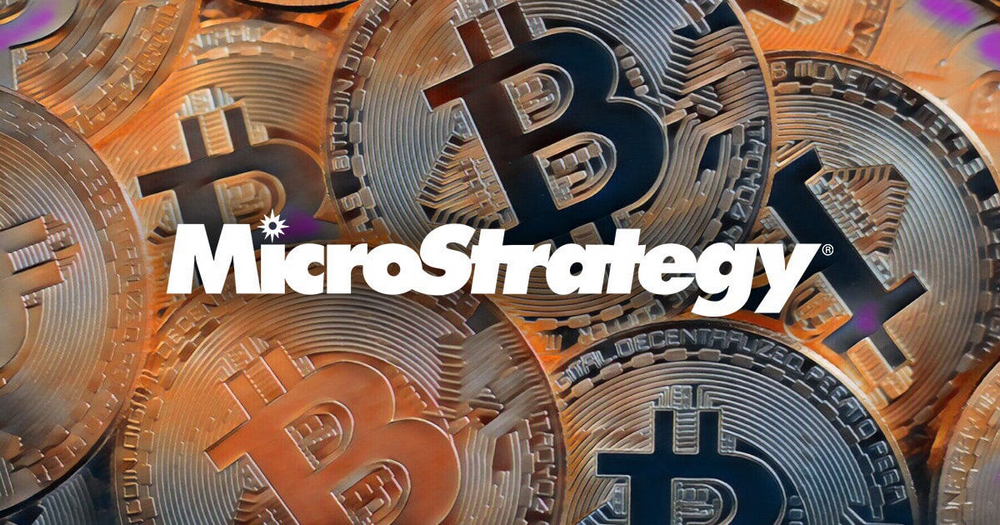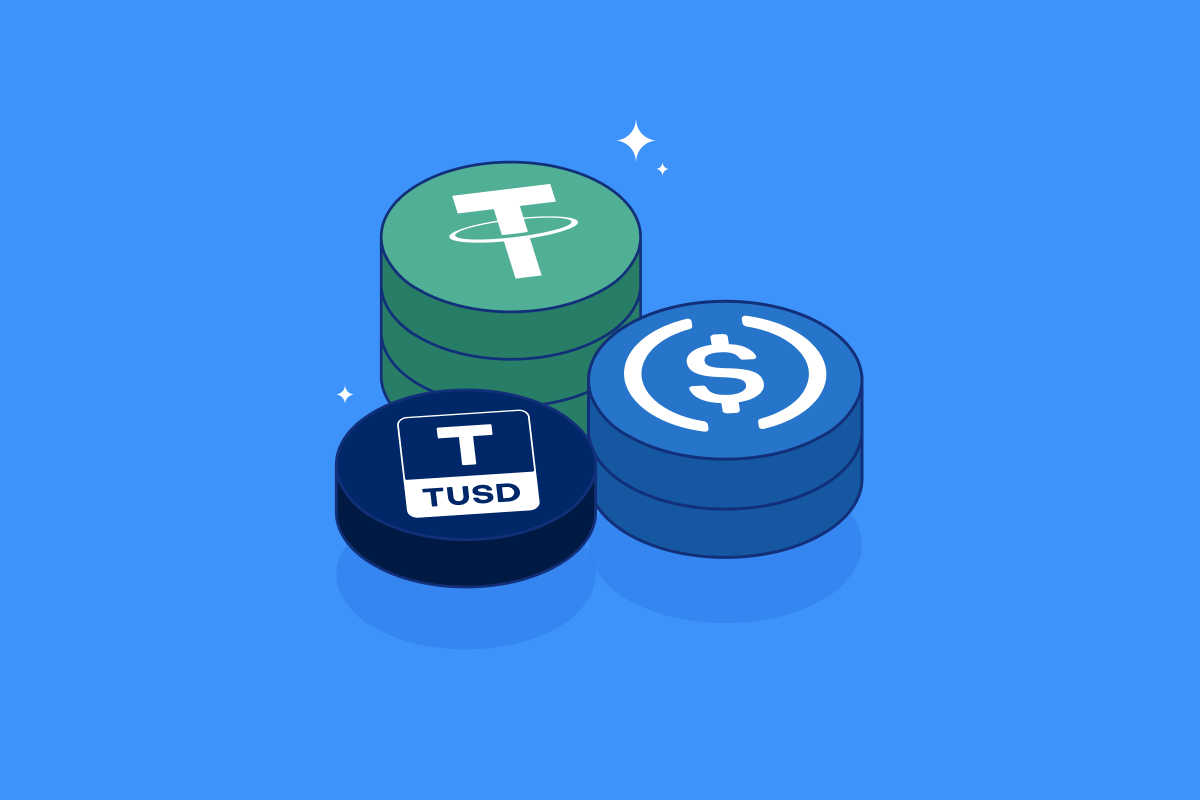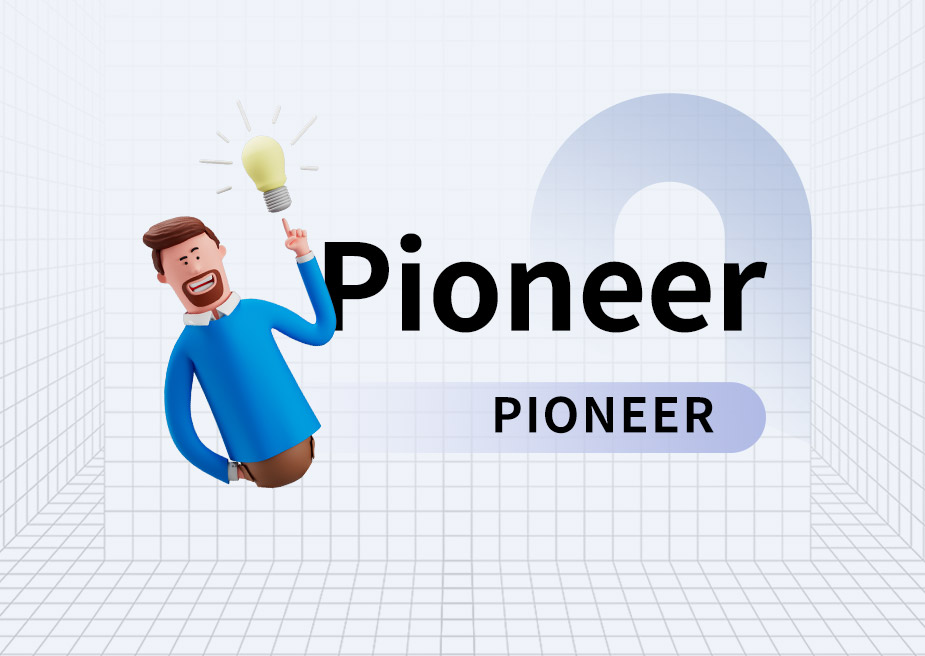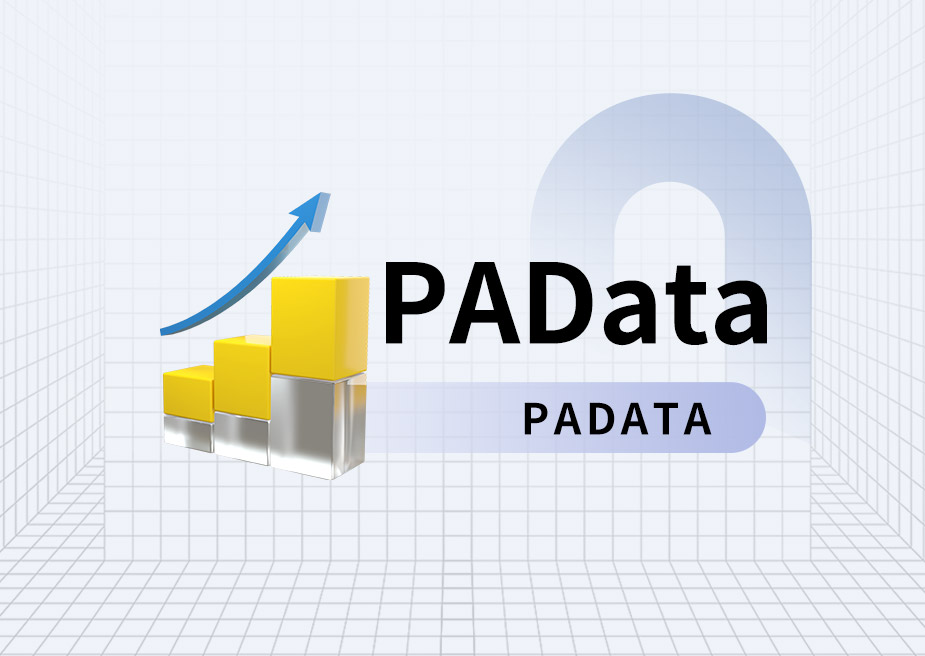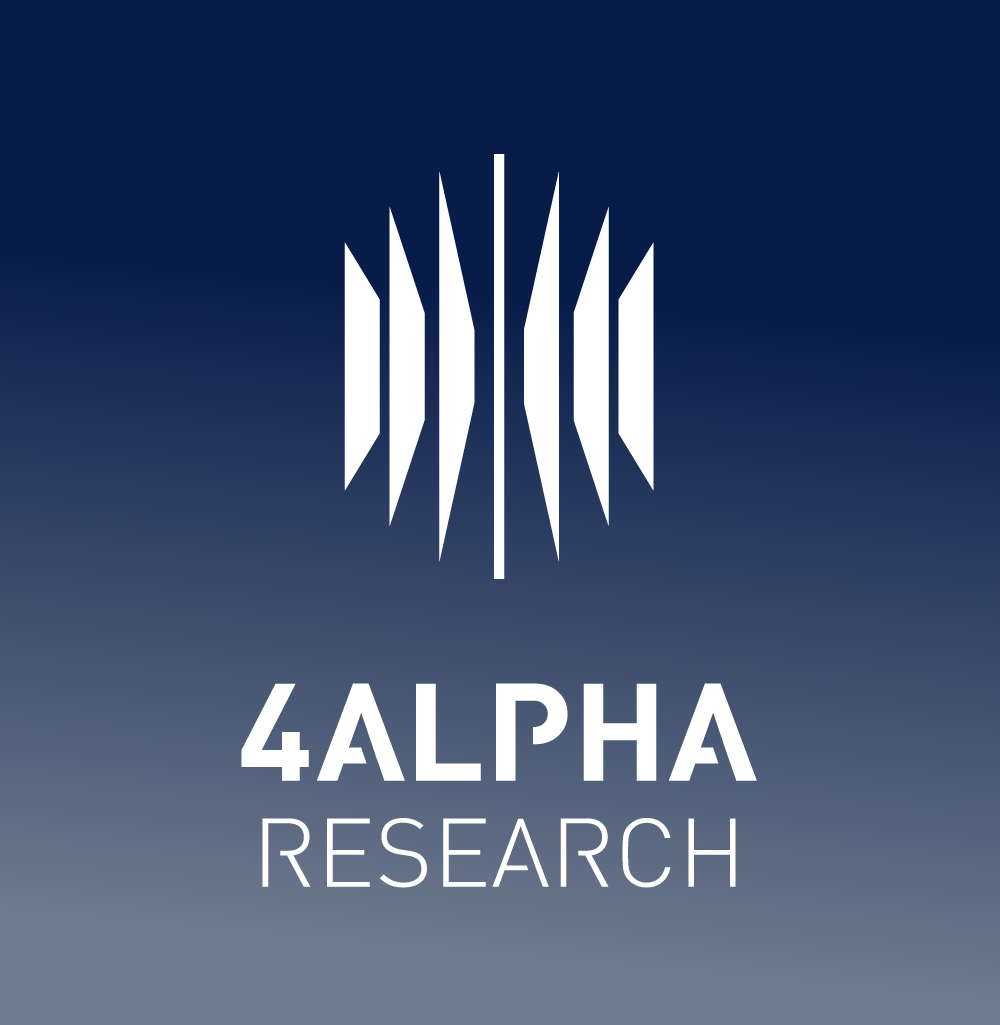-
 PA一线 · 5 分鐘前
CZ在X平台取消追蹤馬斯克
PA一线 · 5 分鐘前
CZ在X平台取消追蹤馬斯克根據X 平台顯示,幣安聯合創始人CZ 約6 小時前取消關注馬斯克。
-
 Weilin · 19 分鐘前
川普新政府成員的「加密地圖」:一覽核心決策者的加密持倉狀況及政策立場
Weilin · 19 分鐘前
川普新政府成員的「加密地圖」:一覽核心決策者的加密持倉狀況及政策立場本文將盤點8個川普新政府成員的加密貨幣持股與政策立場,從副總統JD Vance到衛生與公共服務部部長Robert F. Kennedy Jr,這些核心決策者中,有人直接投資於加密資產,有人透過政策與聲明傳遞出對加密產業的支持態度。
-
 JamesX · 一小時前
除了Vitalik購買的ANON外,Farcaster生態還有哪些AI Agent Meme幣值得關注?
JamesX · 一小時前
除了Vitalik購買的ANON外,Farcaster生態還有哪些AI Agent Meme幣值得關注?$ANON 是 Vitalik 第一个主动购买的 Meme 代币。
-
 PA一线 · 2 小時前
ZKasino挪用準備退還給用戶的資金在鏈上槓桿做多ETH
PA一线 · 2 小時前
ZKasino挪用準備退還給用戶的資金在鏈上槓桿做多ETH根據鏈上分析師餘燼監測,ZKasino 地址在7 個小時前開始挪用準備退還給用戶的資金在鏈上槓桿做多ETH,他們將5,270 ETH 存進Aave 作為抵押品借了1158.9 萬DAI,隨後買進了3,500 枚ETH。
 一周精选 · 2 小時前
一週精選丨比特幣價格逼近10萬美元;Solana價格創新高;DeSci Meme爆發
一周精选 · 2 小時前
一週精選丨比特幣價格逼近10萬美元;Solana價格創新高;DeSci Meme爆發比特幣持續上攻,價格逼近10萬美元;在MEME炒作需求下,Solana價格創新高;CZ與Vitalik「喊單」DeSci,相關MEME爆發。
-
 PA一线 · 3 小時前
Magic Eden(ME代幣)TGE將於12月10日進行,空投規模預計超5億美元
PA一线 · 3 小時前
Magic Eden(ME代幣)TGE將於12月10日進行,空投規模預計超5億美元ME 基金會將於12 月10 日推出基於Solana 的生態系統代幣ME,根據盤前交易價格,預計此次空投的價值可能超過5 億美元。該代幣將僅可透過Magic Eden 錢包應用程式領取。
-
 Odaily星球日报 · 3 小時前
SOL突破歷史新高,「山寨季」真的來了嗎?
Odaily星球日报 · 3 小時前
SOL突破歷史新高,「山寨季」真的來了嗎?链上meme币热度下降促使资金回流山寨币,外加SOL现货ETF推进及监管缓和,山寨币迎来短期上涨热潮。
-
 PA一线 · 3 小時前
Coinbase與NBA洛杉磯快艇隊簽署贊助協議
PA一线 · 3 小時前
Coinbase與NBA洛杉磯快艇隊簽署贊助協議Coinbase 與NBA 洛杉磯快艇隊簽署贊助協議,成為洛杉磯快艇隊的官方合作夥伴。此次合作標誌著雙方達成多年合作,將為粉絲提供獨家體驗、限量版商品以及獨特的數位和實體收藏品。此次合作的財務細節尚未披露。 Coinbase 將為新舊用戶提供價值5 美元的比特幣,以及創建Coinbase 帳戶的賽季福利。 Coinbase 品牌將廣泛出現在Intuit Dome 場館內的標誌上,這是快艇隊今年首次將新場館用作主場。
-
 PA一线 · 4 小時前
川普提名對沖基金主管Scott Bessent出任財政部長
PA一线 · 4 小時前
川普提名對沖基金主管Scott Bessent出任財政部長川普提名經營宏觀對沖基金Key Square Group 的Scott Bessent 為下一任美國財政部長,並聘請一位重要顧問來管理他誓言在第二任期內實施的全面經濟議程。
-
 PA一线 · 4 小時前
美國SEC三名民主黨委員之一Jaime Lizárrag計劃明年初辭職
PA一线 · 4 小時前
美國SEC三名民主黨委員之一Jaime Lizárrag計劃明年初辭職美國SEC 三名民主黨委員之一Jaime Lizárrag 計劃明年初辭職。他已將自己1 月底離職的計劃告知了總統拜登。 Jaime Lizárrag 表示離職是為了花更多時間陪伴家人。就在Lizárraga 宣布辭職的前一天,美國SEC 主席Gary Gensler 表示計劃於1 月辭職。這意味著委員Caroline Crenshaw 將成為唯一一位領導美國證券交易委員會的民主黨人。 Gensler 表示,他和Lizárraga 不僅曾在美國證券交易委員會共事,而且在2008 年金融危機後還曾在美國財政部共事。
- 加密貨幣流通市值(7天)$3,459,324,048,840Market Cap恐懼貪婪指數(近30天)
 PA一线 · 4 小時前
Tether Treasury凌晨在以太坊網路新增鑄造10億枚USDT
PA一线 · 4 小時前
Tether Treasury凌晨在以太坊網路新增鑄造10億枚USDTWhale Alert監測顯示,Tether Treasury 今日凌晨在以太坊網路新增鑄造10 億枚USDT。 Tether 執行長Paolo Ardoino 表示,這是一項已授權但未發行的交易,這意味著將用作下一期發行請求和鏈上交換的庫存。
-
 Foresight News · 4 小時前
XRP領漲、老牌幣種復甦,全面山寨季要來了?
Foresight News · 4 小時前
XRP領漲、老牌幣種復甦,全面山寨季要來了?全面山寨季的序幕何时拉开?
-
 PA一线 · 13 小時前
芝加哥選擇權交易所將於12月2日推出首個與現貨比特幣相關的現金結算選擇權產品
PA一线 · 13 小時前
芝加哥選擇權交易所將於12月2日推出首個與現貨比特幣相關的現金結算選擇權產品芝加哥選擇權交易所將於12月2日星期一開始推出首個與現貨比特幣相關的現金結算選擇權產品。
-
 PA一线 · 14 小時前
Sui與富蘭克林鄧普頓數位資產建立策略合作夥伴關係
PA一线 · 14 小時前
Sui與富蘭克林鄧普頓數位資產建立策略合作夥伴關係Sui与富兰克林邓普顿数字资产公司建立了战略合作伙伴关系,专注于支持Sui生态系统建设者并利用Sui区块链协议部署新技术。
-
 SevenX Ventures · 15 小時前
穩定幣賽道觀察:一個數兆美元的市場是如何形成的?
SevenX Ventures · 15 小時前
穩定幣賽道觀察:一個數兆美元的市場是如何形成的?加密市场在稳定币竞争中并不是关键,分配和真实采用才至关重要。稳定币采用主要体现在三个领域:加密原生、完全银行化和未银行化的世界。
-
 PA一线 · 15 小時前
CryptoQuant:以太坊期貨未平倉合約創下200多億美元的歷史新高
PA一线 · 15 小時前
CryptoQuant:以太坊期貨未平倉合約創下200多億美元的歷史新高以太坊的衍生品市场可能正在发出看涨信号,因为周五期货未平仓合约激增逾12%,达到创纪录的208亿美元。根据CryptoQuant的一份报告,过去一周内,以太坊OI加权期货资金费率多次飙升,创下新的历史正高,这表明看涨交易者占据主导地位。”CryptoQuant报告补充道,根据Coinglass的数据,当前资金费率为0.0374%,这表明市场情绪短期内看好价格上涨。
-
 Odaily星球日报 · 16 小時前
啊,什麼? AI偷了我的錢包?
Odaily星球日报 · 16 小時前
啊,什麼? AI偷了我的錢包?当训练资料被污染,AI 的话还能信吗?
-
 链研社 · 17 小時前
從微策略、CoinBase和MARA加密股三巨頭出發,淺析加密產業市值天花板
链研社 · 17 小時前
從微策略、CoinBase和MARA加密股三巨頭出發,淺析加密產業市值天花板目前,加密货币行业中只有Coinbase和MicroStrategy(微策略)两家公司的市值曾经达到过千亿美元。这可能意味着加密行业的市值天花板已经显现。参考美股辉瑞市值为1400亿美元,季度利润为40亿美元,这是我认为就算微策略最后疯涨所能到达的极限高度。
-
 PA一线 · 17 小時前
英國將於2025年初公佈加密貨幣和穩定幣監管規則
PA一线 · 17 小時前
英國將於2025年初公佈加密貨幣和穩定幣監管規則英国一位高级部长表示,英国政府将于明年初起草一个监管框架来监督加密货币行业,以跟上美国和欧洲在该行业的发展步伐。英国财政部经济大臣Tulip Siddiq周四在伦敦举行的一次会议上表示,稳定币和质押服务规则将成为加密资产单一总体制度的一部分。此前预计这两个领域的立法将在今年夏天由上届保守党政府通过,但大选干扰了立法进程。
-
 PA日报 · 17 小時前
PA日報| 美SEC主席Gary Gensler將於2025年1月20日卸任;四家機構提交的Solana ETF申請最終批准截止日期為明年8月初
PA日报 · 17 小時前
PA日報| 美SEC主席Gary Gensler將於2025年1月20日卸任;四家機構提交的Solana ETF申請最終批准截止日期為明年8月初美国法院判决:SEC的“经纪商规则”超越法定权限被撤销;特朗普媒体或计划推出加密支付服务“TruthFi”;MicroStrategy完成30亿美元可转换债券发行,计划继续增持比特币。
更多內容 Nov . 23
Nov.23

